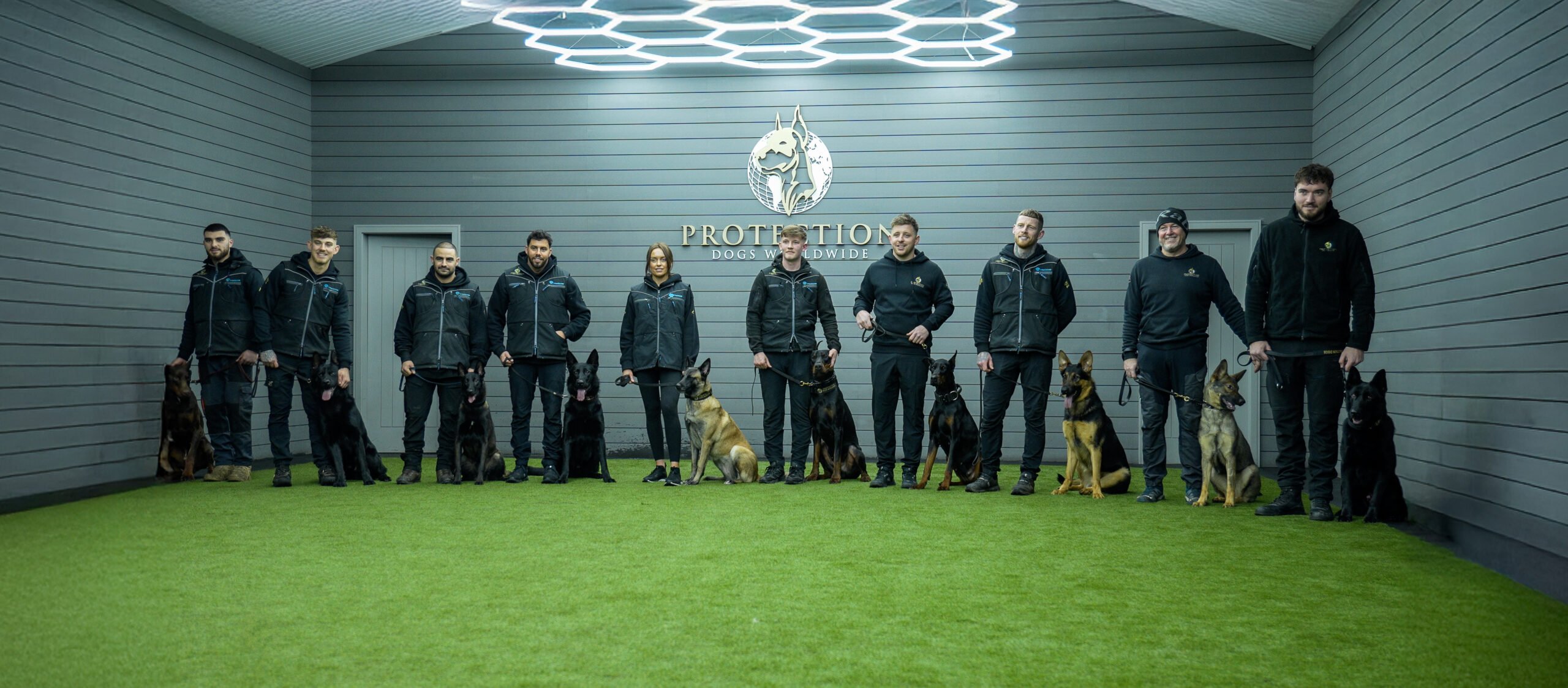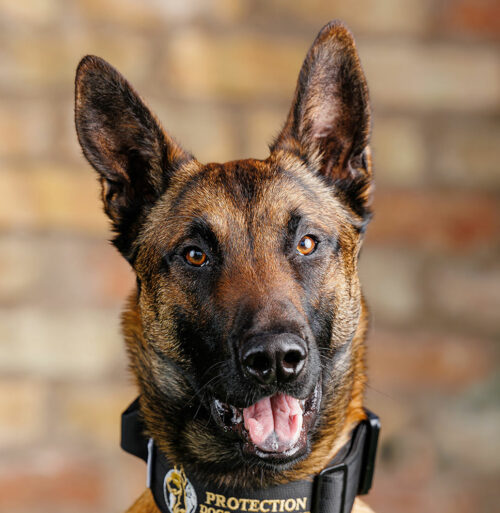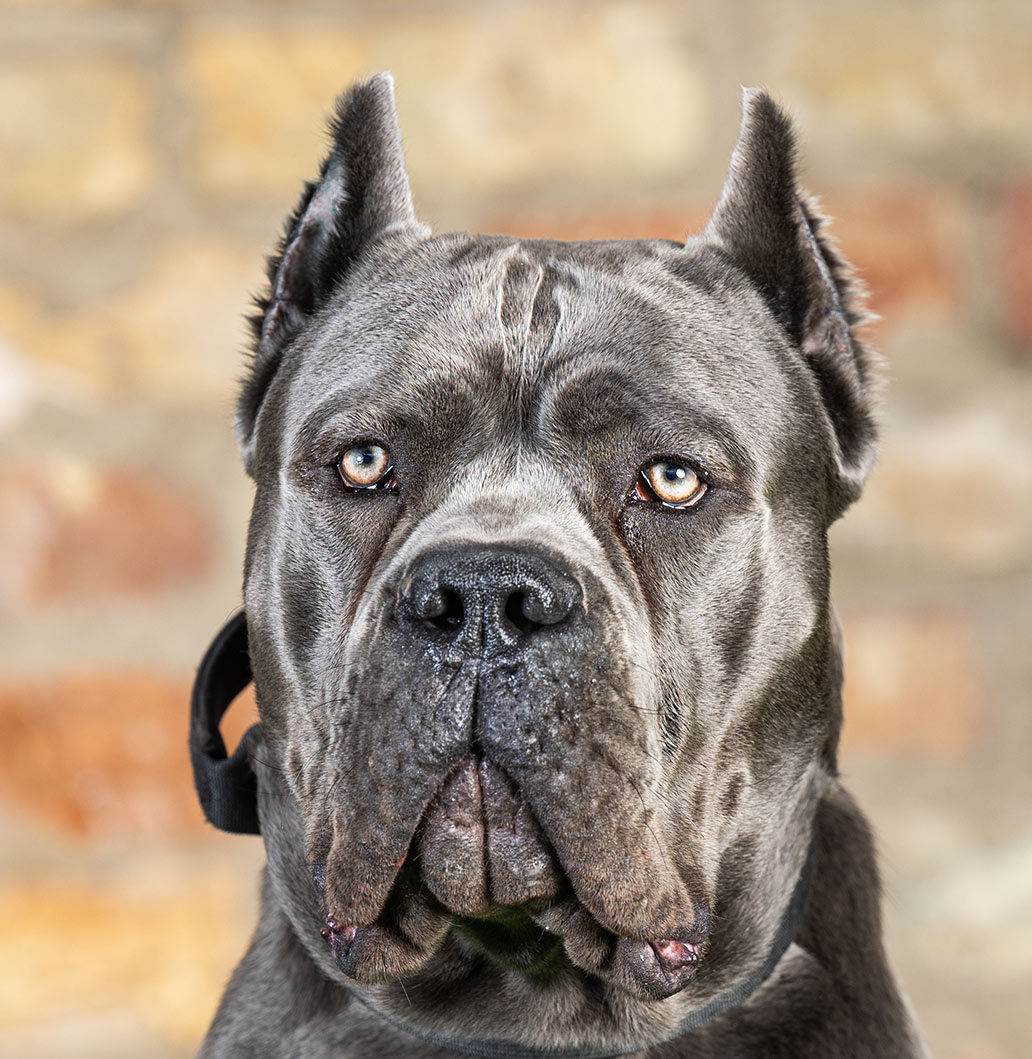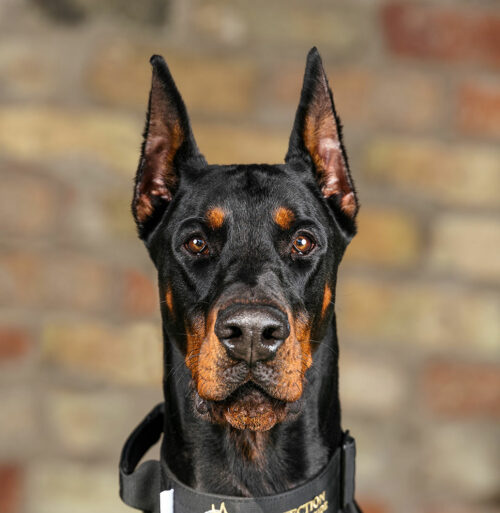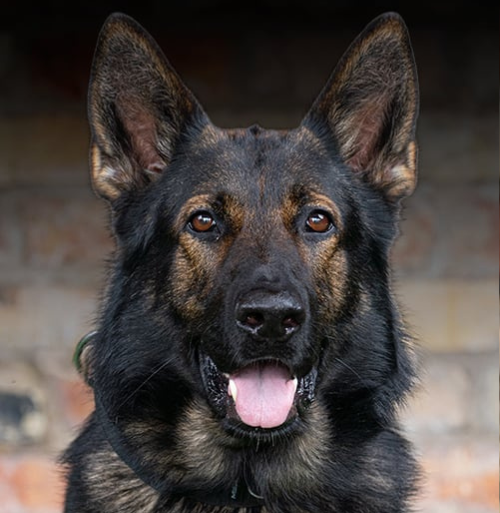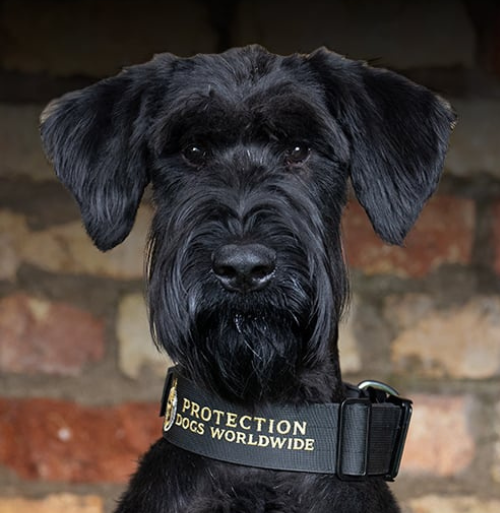22 January 2024
While they may appear similar, a guard and protection dog are in fact very different working animals and proper consideration should always be given as to which is better for a particular owner. At a simplest level, a guard dog is untrained and works off its territorial instincts whereas a protection dog has been formally trained. Guard dogs generally work unsupervised, whereas a protection dog will primarily await its handler’s direction. Where a protection dog focuses on specific people and threats to them, a guard dog is more likely to be oriented towards one site.
Given that they are generally not specifically trained for their role, whether a guard dog is capable of more than deterring would-be intruders is at best uncertain, and almost always untested. In contrast, a protection dog’s rigorous training allows their abilities to be tested and proved in realistic conditions before undertaking real life work. We prioritise stress-testing all our protection dogs in a range of scenarios prior to placing them with their new families, and require them to meet our rigorous performance standards before allowing them to undertake “live” security work.
Perhaps the biggest difference between guard and protection dogs is deterrence versus capability. Deterrence is of course important, but when it fails a protection dog is far more likely to be able to intervene and contain a dangerous situation. If in need of a serious canine security solution, then a trained protection dog will always be better and more effective than a guard dog.
 English
English
